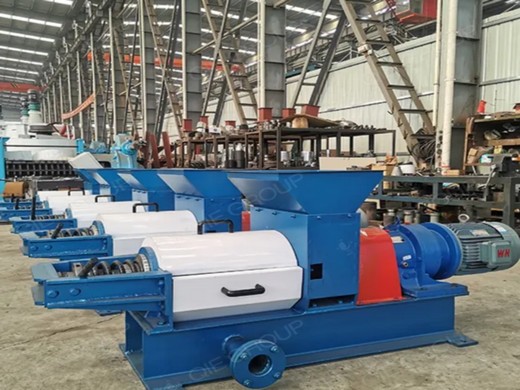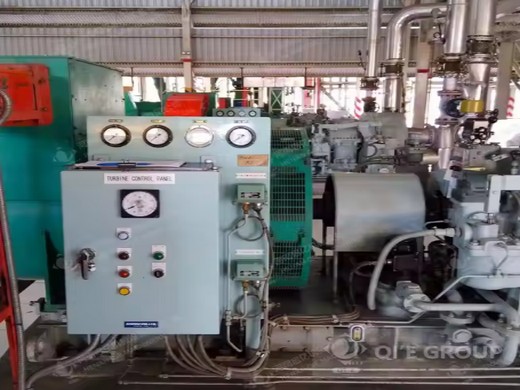The Effects of Palm Oil
Palm oil is the most widely used vegetable oil in the world, having even surpassed soya in terms of usage. Surging global demand for palm oil has fueled massive forest destruction throughout Indonesia and Malaysia, countries that together account for 85% of the world’s palm oil production. Palm oil
Keywords: palm oil, Indonesia, bio-waste, environmental impact 1. INTRODUCTION Indonesia is one of the world largest palm oil producer after Malaysia with over 12 million tons of crude palm oil(CPO) production in 2004[14]. About 60% of CPO production is ex-ported. Among the rest of it, around 30 % is used for cooking
Ecological impacts of palm oil expansion in Indonesia
Palm oil is the most widely used vegetable oil in the world and is a major feedstock for biodiesel and renewable diesel globally. Indonesia is the world’s leading producer of palm oil, supplying approximately half of the commodity worldwide, and is itself driving increased palm oil consumption through a biofuel policy. While the oil palm is a highly efficient crop,
The local impacts of oil palm expansion in Malaysia An assessment based on a case study in Sabah State Awang Ali Bema Dayang Norwana World Wide Fund for Nature (WWF-Malaysia)
Losing Ground: The human rights impacts of oil palm
"Oil palm companies have already taken over 7.3 million hectares of land for plantations, resulting in 513 ongoing conflicts between companies and communities. Given the negative social and environmental impacts of oil palm, Sawit Watch demands reform of the Indonesian oil palm plantation system and a re-think of plantation expansion plans."
Oil palm plantations are well established in North Sumatra (Indonesia) and Johor, Perak, and Pahang (Malaysia) and have expanded significantly into South Sumatra, Jambi, and Lampung (Indonesia), while the frontiers of expansion are in West Kalimantan (Indonesia) and Sabah and Sarawak (Malaysia) (Kessler et al 2007).
A boycott is not the answer to palm oil’s
Much of this palm oil is imported from Malaysia and Indonesia, which together produce more than 85 per cent of the world’s palm oil. The use of unsustainable or “conventional” palm oil, which is classed as palm oil that negatively impacts both natural environments and local communities, is commonplace in China.
Palm oil is the most widely traded vegetable oil globally, with demand projected to increase substantially in the future. Almost all oil palm grows in areas that were once tropical moist forests, some of them quite recently. The conversion to date, and future expansion, threatens biodiversity and increases greenhouse gas emissions. Today, consumer pressure is pushing companies toward
Palm oil—environmental costs and the problems
Palm oil is known for its versatile and pervasive use in not just cooking but almost all processed foods. It is one of the cheapest and most efficient vegetable oils available. In recent years, the industry has seen heavier scrutiny and regulation. Palm oil farming has dire consequences for the environment, namely the destruction of Southeast Asian rainforests and depletion of orangutan
Expanding oil palm cultivation in Indonesia: changing local water cycles raises risks of droughts and floods The controversial global palm oil economy Palm oil is one of the most contested agricultural commodi-ties. Civil society organisations and many scientists claim that large oil palm plantations have severe socio-ecological impacts.






